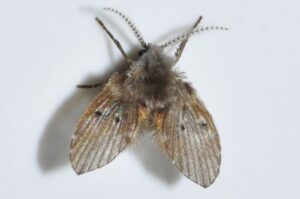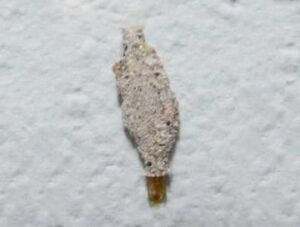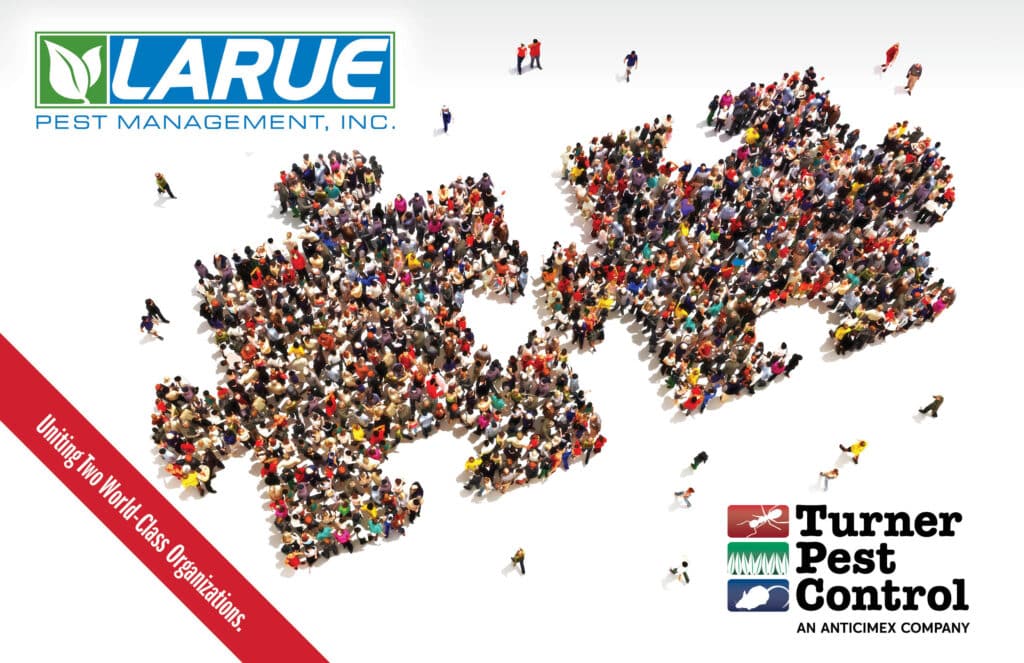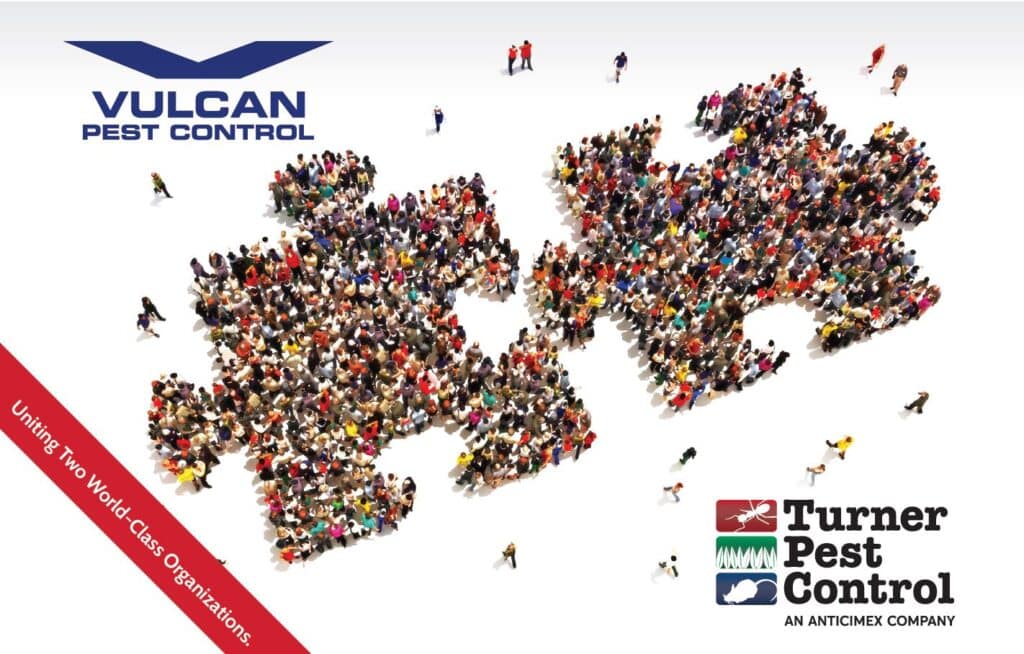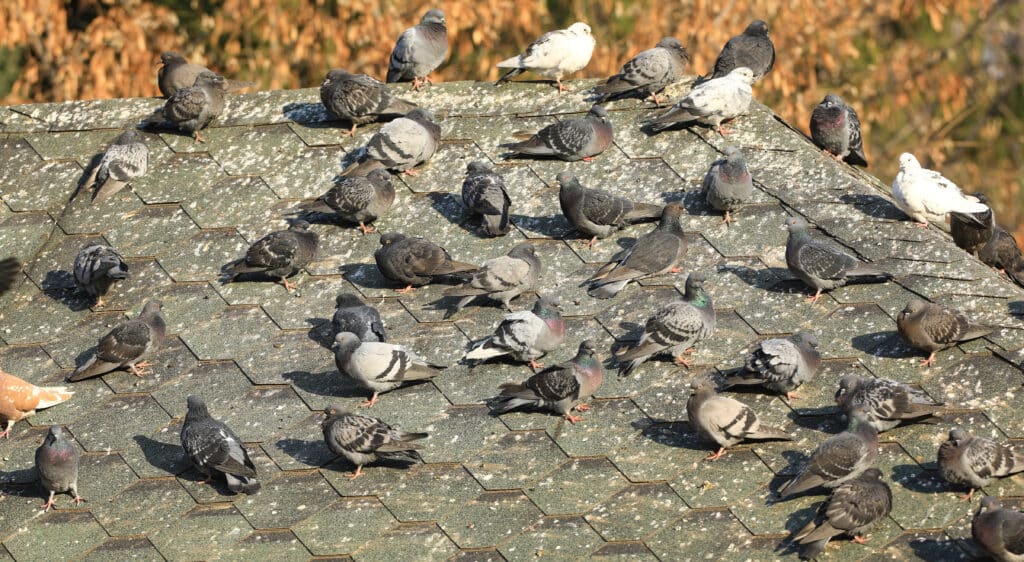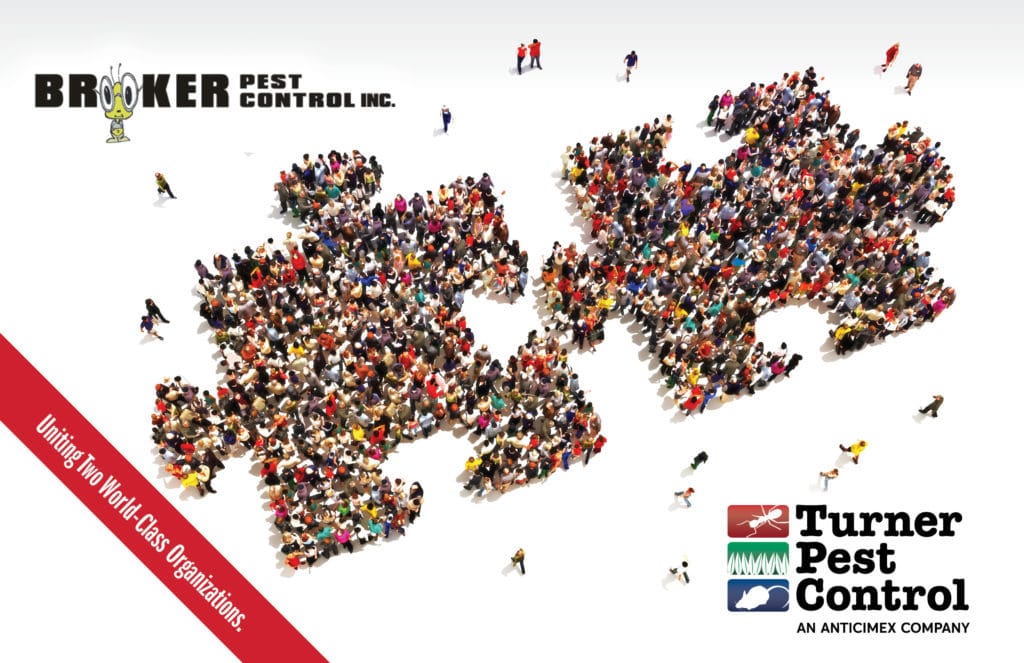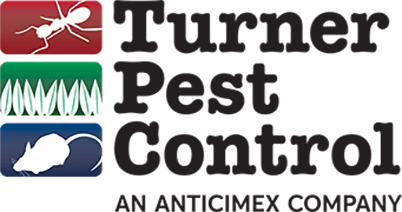Have you heard scratches and thumping coming from the attic? When unexpected noises like an animal in the attic scratching at night or a scratching noise in the attic early in the morning make their way down to you, it can be difficult to pinpoint what exactly is happening. In many cases, when there are animals in the attic, the sounds can be a scary problem to address. What pest could be in my attic? How many are there? What do you do to get rid of them? Sometimes the answer can be as simple as removing the pests under the instruction of a professional, but for more extensive wildlife removal issues you should consider hiring a pest control service.
If you’re looking for “critter removal near me,” Turner Pest Control is the premiere removal service in Florida. That’s why we’ve made this guide to critter removal from your attics to help you determine what is sneaking around and how to take care of the problem.
Is It Normal to Have Critters in Your Attic?
While it is not “normal” to have animals in your attic, it is a common occurrence that many people have to deal with in their homes. Because rats, squirrels, raccoons, birds, and other pests look for shelter—or a place to nest—a dry attic is an appealing place for them to stay safe from predators. But how do they get in? Even if security measures have been taken to keep pests out, some critters can squeeze into your attic through gaps as small as ¼”. It may be easy to get access to an unsecured grate, holes, pipe stacks, or tiny cracks in a vent if there are trees or tall shrubs that have grown close to your roof.
However, even without an entry point, animals may get inside your house. For example, raccoons may cause a lot of damage by using their hands to make an opening so they can take shelter in your house. Rodents, including squirrels, mice, and rats, can easily chew through wood, vinyl siding, shingles, metal, and masonry.
What Animals Typically Live In Attics?
Squirrels, raccoons, rats, mice, bats, opossums, and snakes are often found living in attic spaces. Let’s take a quick look at each of these critters:
Squirrels
One of the most common animals found in attics are squirrels, which are awake and active during the day and quiet during the night while they sleep. As rodents, squirrels can cause the same kinds of damage as rats and mice, who chew on pipes and cables. All day, they can be coming and going, dropping off food to be stored in your attic. Beyond the scratching, squeaking, or chewing noises, you could also hear nuts falling within your walls or rolling around on the floor. Surprisingly, for a squirrel to enter your home, they only need a hole with a 1 ½” diameter. Squirrel infestations can be identified by droppings that resemble large, brown rice grains and nests composed of paper, leaves, and twigs.
Common squirrel breeds in Florida include:
- Eastern Gray Squirrel
- Fox Squirrel
- Southern Flying Squirrel
Raccoons
Raccoons are skilled climbers and can easily rip through screens and roofing to enter your home. They can fit through holes around 4″ in diameter and gaps in the eaves. They are larger animals that leave behind trails littered with debris and distinctive tracks. Raccoons also make loud noises, such as heavy thumps or destructive sounds. However, raccoons are nocturnal animals, so you won’t hear them until after sunset. They also have sizable droppings that are comparable to those of a cat or small dog. Another indication that you have raccoons in the attic is if you notice a large entry hole or ducts that are torn off.
Rats / Mice
Rats can climb almost any surface and squeeze through openings as tiny as ¼-½”. They can enter through any opening, but the attic is a popular location for them since it is dry and offers a lot of protection. In a relatively short period of time, they produce thousands of droppings all over the attic. Rats will leave behind brown, curved, tube-shaped droppings, which are the easiest way to identify if they’re living in your home. Additionally, they dig tunnels through gathered debris and insulation, and the oily covering on their hair frequently leaves discolored brown paths. At night, you’ll hear noises of rats scurrying quickly, frequently up and down walls, and occasionally scratching on wood or other materials. Rats are highly destructive creatures and they frequently chew on pipes, wood, and electrical wires.
Common rat breeds in Florida include:
- Norway Rat
- Roof Rat
- Palm Rat
- Wood Rat
Mice are similar to rats, but tend to be less destructive, with only light chewing on pipes, wood, and electrical wires. They can enter through openings as small as ¼”. You’ll often only hear a light scratching and pitter-patter movement in the ceiling or walls at night time.
Common mice breeds in Florida include:
- Florida Mouse
- House Mouse
- Golden Mouse
- Field Mouse
- Cotton Mouse
Is it OK to Leave Rat Poop in the Attic?
No, it is not okay to leave any remaining rat poop in your attic, as rat droppings can contain a wide variety of diseases. If you want to clean up the droppings on your own, use rubber gloves and wear coveralls, put on a mask, and spray a homemade or store-bought disinfectant and let it sit for about 5 minutes. If possible, leave doors and windows open for at least a half hour before cleaning it, allowing for cross-ventilation. Do not vacuum or sweep the droppings, as it can kick up dust and particles. However, it’s always best to consider professional services to address rodents-in-attic removal
Bats
Your attic is an ideal place for bat colonies to nest since it is secure and dark. Bats typically enter through gaps close to the edge of the roofline and may fit through openings as small as ½”. One of the only ways to tell whether bats are in your attic is to observe them flying in and out because they are often quiet. However, before they leave the attic, you might hear some chirping sounds around dusk. They don’t usually cause any physical damage, but the urine and feces (guano), which quickly collect into sizable piles, are another indication of bats living in your attic. In fact, they can leave hazardous amounts of guano in most cases. This could lead to serious illness like histoplasmosis.
Common bat breeds in Florida include:
- Brazilian (Mexican) Free-Tailed Bat
- Southeastern Myotis
- Evening Bat
- Eastern Red Bat
- Seminole Bat
- Northern Yellow Bat
Opossums
Opossums will make their den wherever they can find a space that is secure, dry, and protected, which is why attics can be appealing to them. Opossums are a common problem, but they require a big hole to enter, such as an open vent or duct. As they construct their nest, they produce tearing, scraping, and scuttling noises. You could have several opossums residing indoors if you also hear hissing, screeching, clicking, or lip-smacking sounds. Additionally, the noises are frequently not concentrated in one place, so you will almost certainly hear them while they are moving around. Opossums urinate and produce large, odorous droppings that discolor wooden surfaces and attic insulation.
Snakes
Snakes must rely on outside sources to keep them warm since they are ectothermic, meaning they rely on external sources of heat. This means that in order to remain warm, they could look for shelter in your attic or other parts of the house. Snakes can climb trees, so any open area, even one as little as a ½” wide crack or hole, might allow them to enter your home. Rodents generate very distinct odors, and since snakes have an excellent sense of smell, it will be easy for them to track the mouse into your attic. Because they are exceptional at hiding behind walls and make minimal noise, it might be difficult to identify and find snakes in your attic. You might have a snake problem if you see nests, eggs, or shed skin.
Common snakes breeds in Florida include:
- Pythons
- Eastern Diamondback Rattlesnakes
- Coral Snakes
- Pygmy Rattlesnake
- Water Moccasin
- Black Racer
- Garter Snake
- Red Rat Snake
- Yellow Rat Snake
What to Do If You Hear Animals In Your Attic?
The first step after hearing an animal in your attic is to identify the pest. Depending on the animal, you can take steps to secure your attic like setting traps or repairing holes and cracks. However, it’s better to contact companies that remove animals from the attic. While rats and mice are less daunting than some other nuisance wildlife, infestations can’t be solved with simple traps, not to mention the intensive cleaning and repairs needed after they’re removed. Because bats, raccoons, and squirrels are prone to rabies, pest in attic removal services are the best option to keep you and your family safe.
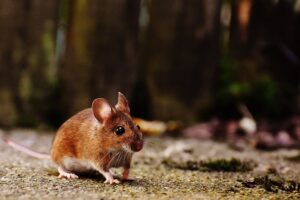
However, under supervision of a professional, you can take a few steps to safely encourage pests to leave your attic without interacting with them:
- Open windows and doors
- Turn on the lights
- Play loud music
- Do not block the exits like holes or cracks
If the animals leave on their own, you can then safely repair the roof or siding, remove and replace insulation, and install other preventative measures. By opening the windows and turning on the lights, the attic will be less appealing to animals looking for a dark place to nest, but more appealing to any critters attracted to light. Pests like raccoons and opossums might find it uncomfortable to live in a bright space.
Will rodents leave an attic on their own? It’s important to keep in mind that rodents often don’t leave on their own and usually continue to infest your attic, which can have numerous negative effects like damaging your insulation, air ducts, and wiring.
When it comes to wildlife control and protective services, Turner Pest Control gives you protection with comprehensive plans like SMART TurnerGuard. Turner Pest Control also offers TurnerClean services to disinfect areas on your property where pests took shelter. With over 50 years of critter control services, Turner Pest Control can help clear your property of pests after you’ve noticed animals in your attic.
What Can I Put in My Attic to Keep Animals Out?
In most cases you can keep animals out of your attic by repairing any external damage and holes. You can also block off and cover certain entry points like vents or chimneys. Other measures you can take include trimming trees and bushes that provide easy access to your roof and eaves. For squirrels in particular, leaving a vinegar soaked rag can deter them due to the smell. You should avoid mothballs and ammonia as they rarely work and could be hazardous to your health—because mothballs are carcinogenic.
However, the main preventative measure you can take to keep animals out of your attic is routine inspection. Frequently checking your attic space and roof for signs of damage, especially any areas that contain known gaps, cracks, or holes, is essential to maintaining a pest-free environment.
It’s also important to consider prevention outside of the attic:
- Remove food sources like trash cans, fruits and nuts in your yard, or any other accessible supplies like outdoor pet food.
- Put up squirrel nesting boxes on your property, but as far away as possible from your home, to encourage them to live outside.
- Setting traps near known or suspected entry points and checking them daily.
Once you secure your attic, it’s less likely you’ll have an unexpected guest.
Can an Animal Open an Attic Door?
No, an animal cannot open an attic door. However, it is possible for them to chew through drywall (and possibly wood) to gain access to your home. That said, it’s much more likely a pest will crawl under the door or through another gap. Depending on the way you access your attic—like a standard door, ceiling hatch, or knee-wall doors—you can deter pests from entering further into your home by sealing off any internal gaps.
Protect Your Home from Attic Pests
Turner Pest Control has been protecting homes, businesses, and communities since 1971. As a customer-focused business we’re focused on our ‘family’ of customers and employees. That means you can count on us to keep your family safe.
With our professionally trained technicians and the latest, safest, and most environmentally friendly products, we’re confident you’ll be satisfied with our services. In our 50-plus years of service, we have helped customers with pest control. We have now introduced wildlife control for all of your nuisance animal needs. If you have critter removal concerns in your attic or other areas of your home, we’re here to help. Visit our website for more information on SMART TurnerGuard and SMART Pest Control today!
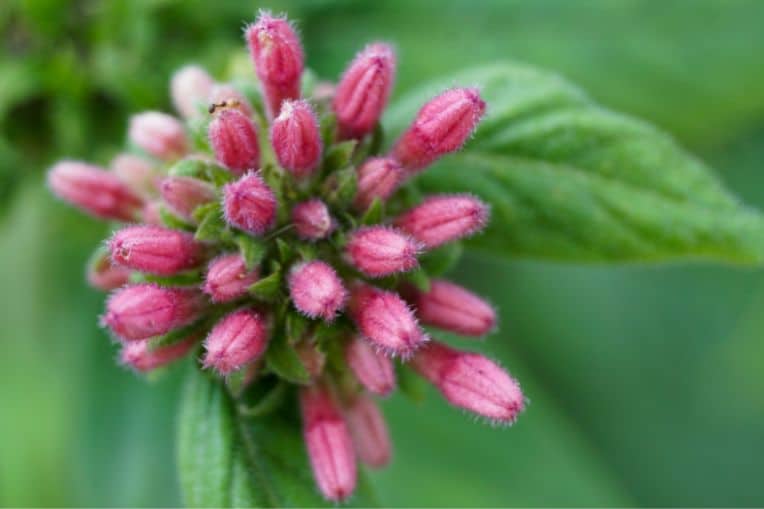
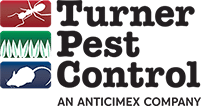


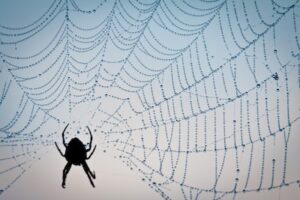
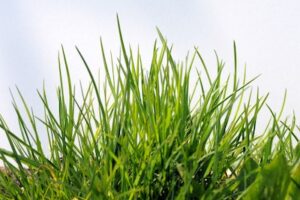
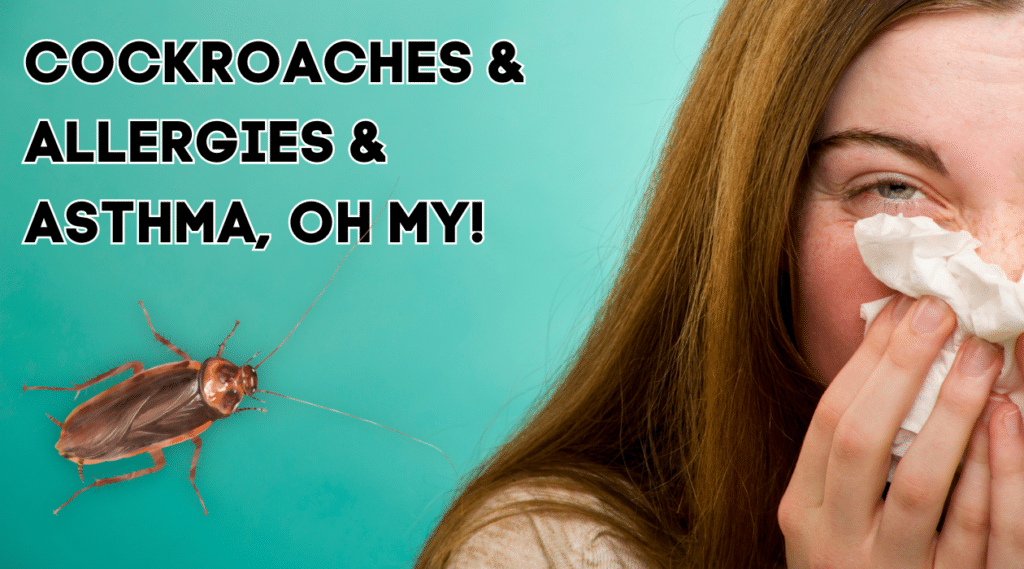



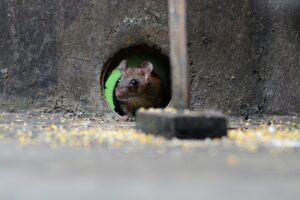 If you want to see the animal evicted without causing it harm, that may very well be possible. But you won’t know unless you consult with an expert. If you try to catch and relocate the animal yourself…
If you want to see the animal evicted without causing it harm, that may very well be possible. But you won’t know unless you consult with an expert. If you try to catch and relocate the animal yourself…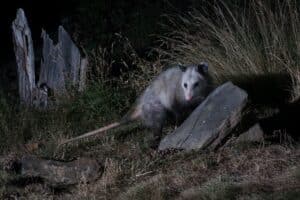 Yes, unfortunately animals can enter your home through crawl spaces. Once they’ve entered your crawl space, animals can gain access to your pipes, electrical wiring, air ducts, and various other areas of your home. Remember, never underestimate animals and their determination to find a safe space to rest and raise their young. There are even
Yes, unfortunately animals can enter your home through crawl spaces. Once they’ve entered your crawl space, animals can gain access to your pipes, electrical wiring, air ducts, and various other areas of your home. Remember, never underestimate animals and their determination to find a safe space to rest and raise their young. There are even 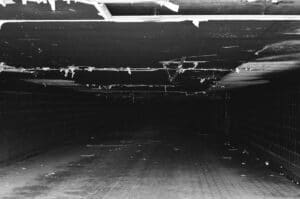 What Is Under My House?
What Is Under My House?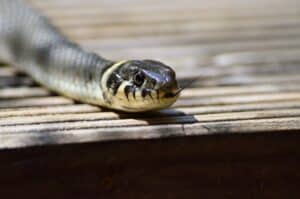
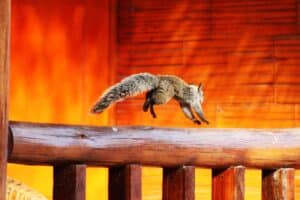 What Animals Make Scratching Noises?
What Animals Make Scratching Noises?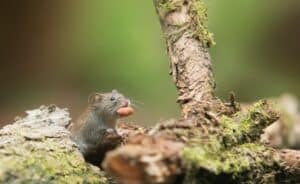
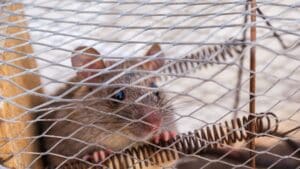 What Keeps Mice Away Permanently?
What Keeps Mice Away Permanently?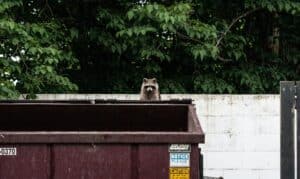 How to Get Rid of Raccoons on Your Property
How to Get Rid of Raccoons on Your Property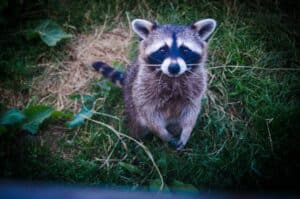
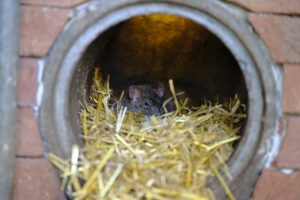 The
The 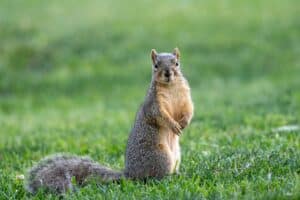
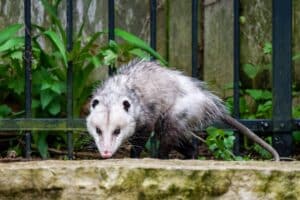
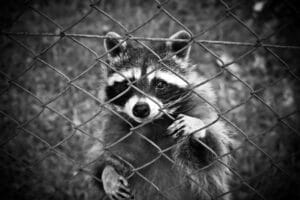 How Do You Get a Nuisance Wildlife Removal Permit in Florida?
How Do You Get a Nuisance Wildlife Removal Permit in Florida?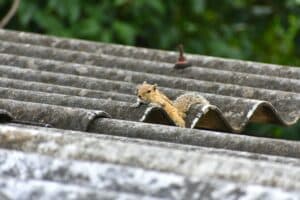 You shouldn’t try to remove an animal from your attic on your own. Not only can it be dangerous if you aren’t professionally trained in animal removal, but you may also be
You shouldn’t try to remove an animal from your attic on your own. Not only can it be dangerous if you aren’t professionally trained in animal removal, but you may also be 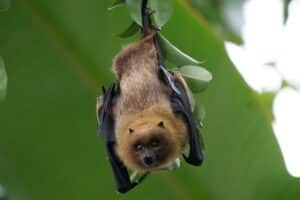 Depending on how much time you spend in your attic, you may start to see animal droppings as evidence of your unintentional new visitors. Mice, rat, and squirrel feces are all fairly similar and will look like brown grains of rice in various sizes. Bat guano can also look very similar, but crushes easily under pressure and often looks sparkly in the light (due to all the insect parts). Raccoon and opossum poop is much larger and harder to miss, looking more like dog poop.
Depending on how much time you spend in your attic, you may start to see animal droppings as evidence of your unintentional new visitors. Mice, rat, and squirrel feces are all fairly similar and will look like brown grains of rice in various sizes. Bat guano can also look very similar, but crushes easily under pressure and often looks sparkly in the light (due to all the insect parts). Raccoon and opossum poop is much larger and harder to miss, looking more like dog poop.
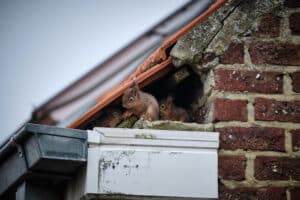
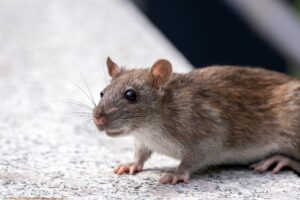 Like with your outdoor space, introducing a natural rat predator into your home can help encourage rats to leave your house. Adopting a cat will do the job. Not a cat person? No worries! There are other steps you can take, like cleaning out any clutter in your home, especially near walls, to reduce potential hiding spots. Also, put your food in sealed containers to eliminate the rats’ food sources within your home. Cleaning up any messes after snacking or meals helps, too.
Like with your outdoor space, introducing a natural rat predator into your home can help encourage rats to leave your house. Adopting a cat will do the job. Not a cat person? No worries! There are other steps you can take, like cleaning out any clutter in your home, especially near walls, to reduce potential hiding spots. Also, put your food in sealed containers to eliminate the rats’ food sources within your home. Cleaning up any messes after snacking or meals helps, too.